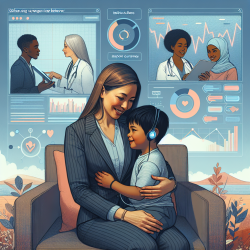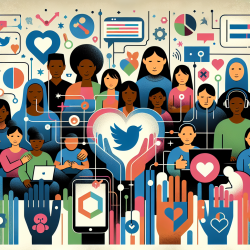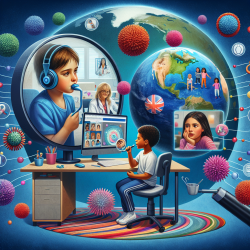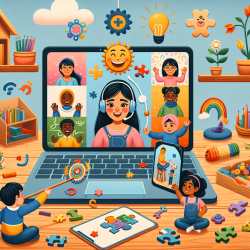Introduction
In recent years, telehealth has emerged as a vital tool in the field of applied behavior analysis (ABA), particularly in programming for the generalization of caregiver behavior. The research article titled "Using Telehealth to Program Generalization of Caregiver Behavior" provides compelling evidence on how telehealth can be utilized to enhance caregiver training and improve outcomes for children with challenging behaviors. This blog aims to distill the key findings from this research and offer practical insights for practitioners looking to improve their skills and encourage further research in this area.
The Importance of Generalization
Generalization, as defined by Skinner (1953), occurs when stimuli controlling behavior in the training environment transfer to stimuli with shared properties outside of the original training context. Despite its importance, generalization remains an understudied area in behavior analytic research. Stokes and Baer (1977) provided guidelines to assist practitioners in programming for generalization, yet this area is often overlooked in practice.
Telehealth as a Catalyst for Generalization
The research highlights telehealth as a promising avenue for programming generalization. Telehealth allows practitioners to access behavior-change agents, materials, and contexts that may not be directly accessible in traditional educational and clinical environments. By using telehealth, practitioners can target these areas early in treatment, potentially leading to more rapid treatment success and maintenance.
Case Study: A Practical Application
The article presents a case study of a 17-year-old male with Down syndrome and severe challenging behavior. Through telehealth, the behavior therapy team provided coaching and feedback to the caregiver, resulting in clinically significant outcomes. The caregiver's adherence to the treatment plan improved, leading to a reduction in the child's challenging behavior.
Key Strategies for Practitioners
- Use Natural Maintaining Contingencies: Train caregivers to implement treatment strategies that help them recruit reinforcement for treatment-related behaviors in natural environments.
- Program Common Stimuli: Ensure that common and salient stimuli are present in both training and generalization settings to evoke similar responses in untrained contexts.
- Train Sufficient Exemplars: Teach across multiple exemplars to increase the likelihood of caregiver behavior generalization to untrained materials and settings.
- Train Loosely: Promote flexibility within training to maximize sampling relevant dimensions for transfer to other situations and behaviors.
Conclusion
The research underscores the potential of telehealth to facilitate the generalization of caregiver behavior, leading to better outcomes for children. By incorporating the guidelines set forth by Stokes and Baer (1977), practitioners can enhance their practice and contribute to the growing body of research in this area. To read the original research paper, please follow this link: Using Telehealth to Program Generalization of Caregiver Behavior.










